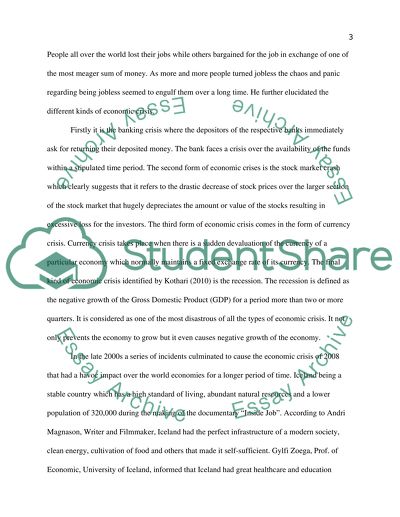Cite this document
(“Finance crisis Essay Example | Topics and Well Written Essays - 2000 words - 1”, n.d.)
Finance crisis Essay Example | Topics and Well Written Essays - 2000 words - 1. Retrieved from https://studentshare.org/finance-accounting/1624848-finance-crisis
Finance crisis Essay Example | Topics and Well Written Essays - 2000 words - 1. Retrieved from https://studentshare.org/finance-accounting/1624848-finance-crisis
(Finance Crisis Essay Example | Topics and Well Written Essays - 2000 Words - 1)
Finance Crisis Essay Example | Topics and Well Written Essays - 2000 Words - 1. https://studentshare.org/finance-accounting/1624848-finance-crisis.
Finance Crisis Essay Example | Topics and Well Written Essays - 2000 Words - 1. https://studentshare.org/finance-accounting/1624848-finance-crisis.
“Finance Crisis Essay Example | Topics and Well Written Essays - 2000 Words - 1”, n.d. https://studentshare.org/finance-accounting/1624848-finance-crisis.


